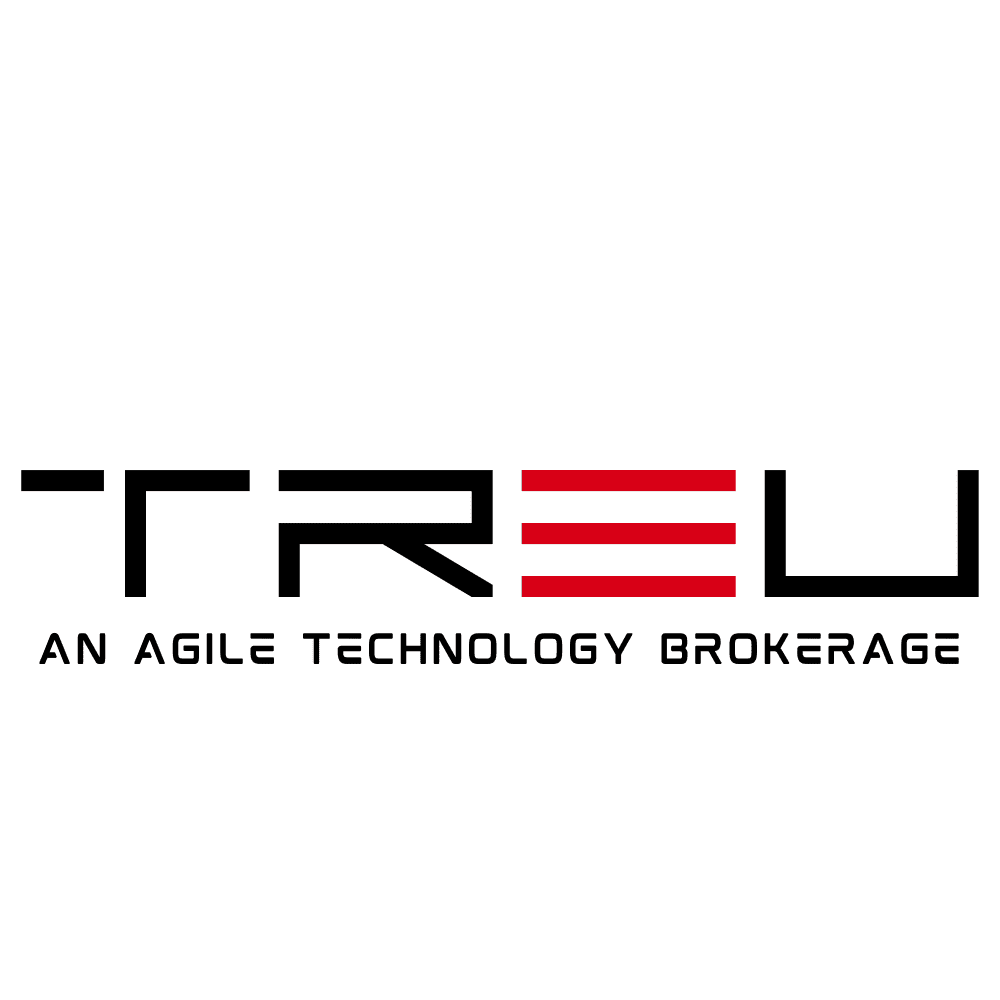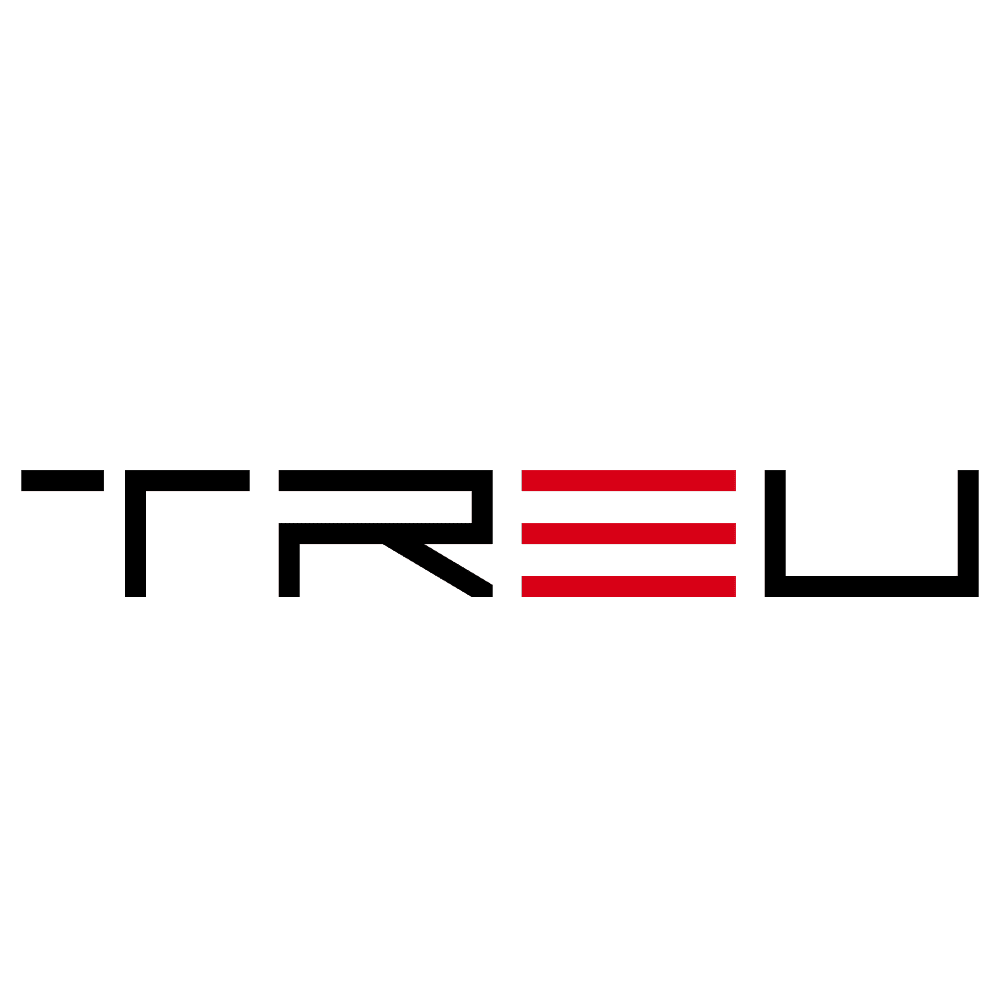Smaller AI Models Drive Big Business Results with Efficiency
Artificial Intelligence (AI) has taken center stage in the digital transformation journey across industries. As many companies rush to embrace AI-powered solutions, an important question lingers: do bigger models always deliver better business outcomes? While large language models (LLMs) like GPT-4 and PaLM boast impressive capabilities, they often demand immense computational resources, massive datasets, and continuous fine-tuning. Enter the age of smaller AI models—efficient, scalable, and purpose-built engines of innovation that are making a significant impact where it matters most: the bottom line.
Rethinking AI: Bigger Isn’t Always Better
Mainstream perception often equates size with superiority in AI systems. However, in the real world of business applications, high performance often requires a more strategic and measured approach. Smaller AI models—designed with specific use-cases, constraints, and deployment environments in mind—are emerging as the go-to choice for practical enterprise solutions.
Why are smaller models gaining traction?
- Efficient resource usage: They require less computational power, which reduces hardware costs and energy consumption.
- Faster deployment: Smaller models are easier to train and deploy, making it easier for businesses to bring AI to market quickly.
- Greater control and customization: These models are often open-source or domain-specific, allowing organizations to tailor them to their unique needs.
- Edge-readiness: Many smaller models can be deployed on edge devices, powering real-time AI in remote environments without requiring cloud connectivity.
The Rise of Specialized, Compact AI Models
Over the past year, the AI ecosystem has witnessed an explosion in the development of compact and specialized models like Meta’s LLaMA, MosaicML’s MPT, and OpenAI’s fine-tuned versions of GPT. These smaller models are trained on curated datasets and optimized for domain-specific tasks such as customer service, medical diagnostics, supply chain optimization, and customer personalization.
What makes these models suitable for enterprise use?
- Transfer learning: Start with a pre-trained model and fine-tune it with a relatively small dataset, reducing cost and time to production.
- Data privacy: Smaller, on-premise models allow companies to maintain control over sensitive data without sending it to third-party servers.
- Regulatory compliance: Industries in healthcare, finance, and legal verticals can create purpose-built models that adhere to strict regulatory standards.
Case in Point: Retail and eCommerce
Take the retail sector as an example. Rather than leveraging massive generalized models, top retailers are deploying compact models for intelligent demand forecasting, inventory insights, and chat-driven customer support. These models, fine-tuned for retail KPIs, often outperform larger, generalized language models due to their contextual relevance.
Driving Business Impact with Smaller AI Models
Many organizations measure AI success based on the tangible business value delivered—cost savings, revenue growth, operational efficiency, and customer satisfaction. Here’s how smaller AI models are making a difference:
1. Lower Total Cost of Ownership (TCO)
Large AI models require substantial infrastructure—expensive GPUs, high-bandwidth access, and massive storage. In contrast, smaller models enable businesses to:
- Run workloads on-premise or on edge devices saving on cloud computing expenses.
- Migrate to scalable, cost-effective deployment models such as serverless or containerized environments.
2. Enhanced Responsiveness and Speed
Latency can make or break user experience. In industries like finance or logistics, milliseconds matter. Smaller models offer:
- Faster inference times, delivering real-time results in critical business operations.
- Localized decision-making at the edge, avoiding delays commonly experienced due to network traffic or cloud API calls.
3. Democratized Innovation Across Teams
By lowering the barrier to entry, smaller models empower cross-functional teams—marketers, salespeople, HR professionals—to leverage AI without requiring PhDs in machine learning.
- No-code/low-code interfaces make it easy to customize and deploy smaller AI models for business units without engineering resources.
- Faster prototyping and testing keeps businesses agile, allowing them to iterate quickly and implement solutions tailored to their real-time needs.
Key Industries Benefitting from Smaller AI Models
While the benefits of smaller AI models span across sectors, here are a few where their impact is especially pronounced:
Healthcare
Diagnostic models built on lightweight architectures can be deployed in local clinics or on handheld devices, allowing doctors in remote areas to receive AI assistance—even without internet access. These models are HIPAA-compliant and safer for sensitive patient data.
Manufacturing
Predictive maintenance models running on edge devices can detect machine anomalies in real-time, reducing downtime and improving production efficiency without the need for continuous cloud-based monitoring.
Finance
Chatbots powered by smaller, domain-specific AI models deliver personalized banking assistance and fraud detection with significantly reduced latency.
Building AI with Purpose, Not Just Power
While there’s a time and place for large foundational models, not every task requires the heavy computational overhead they demand. Smaller models can be more agile, cost-effective, interpretable, and manageable, giving organizations a competitive edge without sacrificing accuracy or capability.
Companies are shifting mindset from “bigger is better” to “fit for purpose.” That’s why we’re seeing a surge in:
- Model distillation – Condensing large models into smaller, more efficient versions without sacrificing too much performance.
- Pruning and quantization – Optimizing models to reduce size and increase speed without a significant drop in results.
- Hybrid architectures – Combining small, task-specific models with larger general-purpose models for tiered performance.
The Future of AI is Lean and Efficient
As we look ahead, smaller AI models will continue gaining market share, driven by demand for scalable, ethical, and environmentally responsible AI solutions. The era of distributed intelligence—where AI runs locally, securely, and in real-time—is here.
The smartest AI strategies today don’t demand the biggest models—they demand the right ones. Businesses that understand this are already reaping the rewards: faster innovation cycles, reduced operational costs, and hyper-personalized experiences that drive real results.
Conclusion: Unlocking Value through Compact AI
Smaller AI models are not merely a trend—they’re a reinvention of what practical, scalable, and responsible artificial intelligence should look like. For organizations seeking quick wins, strategic differentiation, and sustainable growth, lightweight AI models offer a compelling path forward.
Efficiency, adaptability, and business relevance—these are the hallmarks of the next frontier in artificial intelligence. Whether you’re a tech-driven startup or a legacy enterprise undergoing digital transformation, embracing smaller AI models might just be the smartest big move you make.
Ready to unlock the full potential of AI while keeping costs down and speed up? Start small. Think smart. Go big.

